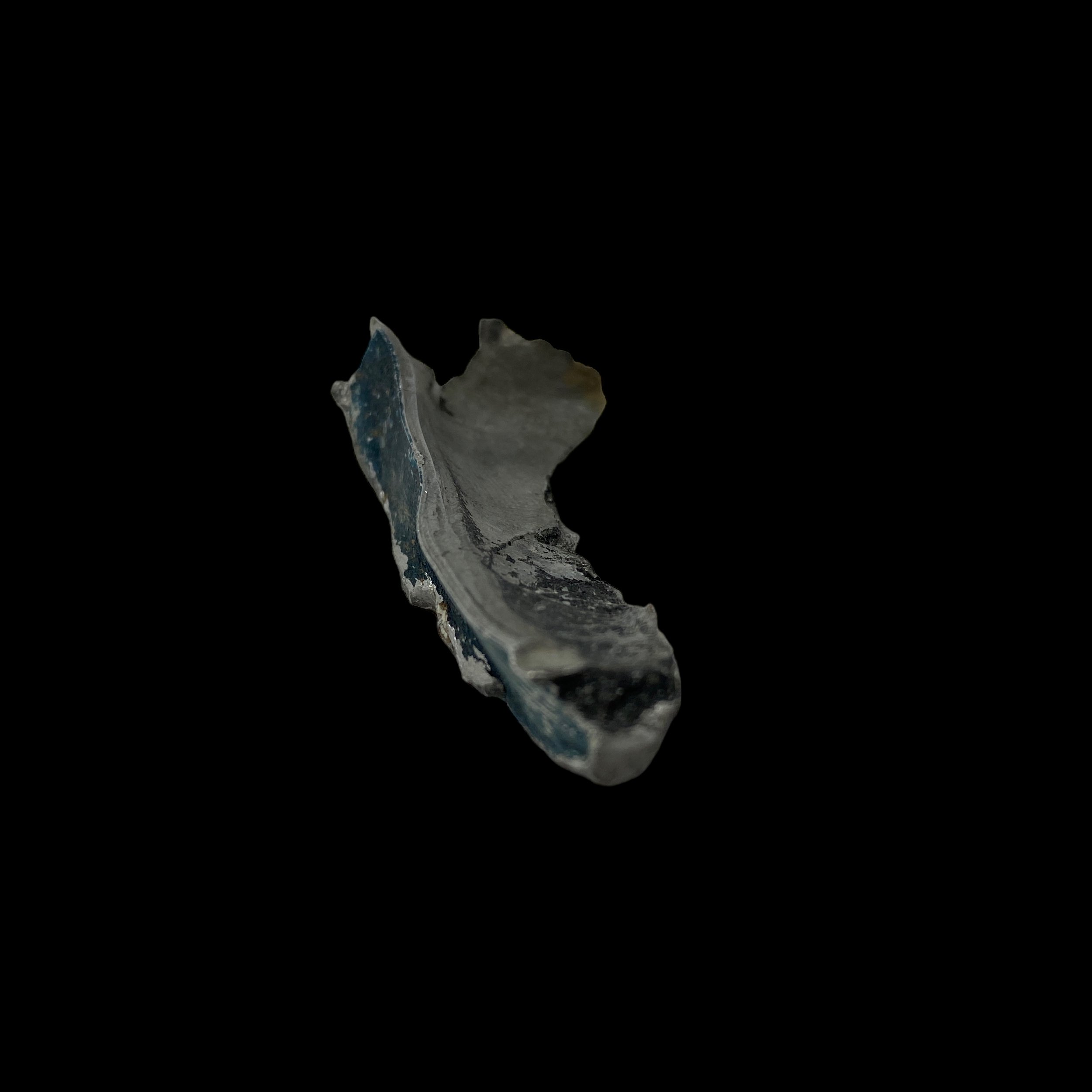RARE! Vietnam War WIA U.S. Soldier Viet Cong Shrapnel Removed During Field Surgery By Doctor












RARE! Vietnam War WIA U.S. Soldier Viet Cong Shrapnel Removed During Field Surgery By Doctor
Comes with hand-signed C.O.A.
Piece 1 of 5
This incredibly rare and museum-grade Vietnam War artifact is a once-in-a-lifetime chance to own a piece of shrapnel saved by a Vietnam War combat operations field surgeon. Over the course of his career performing lifesaving surgeries on wounded soldiers in field hospitals this doctor saved “memento” and “souvenir” pieces of Viet Cong grenade and mortar shrapnel removed by him during surgery. This very rare and oddity Vietnam War artifact was once inside a WIA soldier before being removed and saved. There were 5 pieces of shrapnel this doctor saved. All five are believed to be from five separate WIA soldiers and five separate surgeries.
This is definitely a conversation piece to any Vietnam War collection.
The Vietnam War was one of the deadliest conflicts in the history of the United States, with over 58,000 American soldiers losing their lives and more than 300,000 injured. The war was brutal and unrelenting, with U.S. soldiers facing a wide range of dangers, including booby traps, landmines, and enemy fire. One of the most crucial roles in the Vietnam War was that of the medics and doctors who treated the wounded soldiers. These medical professionals worked tirelessly to save the lives of American troops, often under challenging conditions and with limited resources.
One of the most common injuries that medics and doctors in Vietnam had to deal with was bullet and shrapnel wounds. These wounds could be devastating, with bullets and shrapnel tearing through muscle, organs, and bones. In many cases, the only way to save the soldier's life was to remove the bullet or shrapnel through surgery. These surgeries were performed by skilled surgeons who had to work quickly and accurately to minimize the risk of infection and other complications.
To remove a bullet or shrapnel, the surgeon would first make an incision near the wound to gain access to the injured area. They would then carefully locate and remove the foreign object, making sure to clean and sanitize the wound to prevent infection. In some cases, the surgeon would also need to repair any damaged tissue or organs before closing the incision.
The process of removing bullets and shrapnel was not without risks. The surgery could take several hours, and there was always the risk of the soldier's condition deteriorating during the operation. Additionally, the surgical team had to work quickly to remove the bullet or shrapnel, as leaving it in the body could cause further damage or infection.
The casualty and wounded counts in Vietnam were staggering. Over 58,000 U.S. soldiers lost their lives in the war, with more than 300,000 injured. The high number of casualties put enormous pressure on the medical personnel in Vietnam, who had to work around the clock to save as many lives as possible. The medics and doctors worked under incredibly difficult conditions, with limited resources and constant danger from enemy fire.
In conclusion, the role of medics and doctors in treating wounded U.S. soldiers during the Vietnam War was critical. These medical professionals worked tirelessly to save the lives of American troops, often under challenging conditions and with limited resources. Removing bullets and shrapnel was a common procedure performed by skilled surgeons, who had to work quickly and accurately to minimize the risk of infection and other complications. Despite the efforts of these medical professionals, the casualty and wounded counts in Vietnam were staggering, highlighting the brutal nature of the conflict and the sacrifices made by those who fought and served in it.